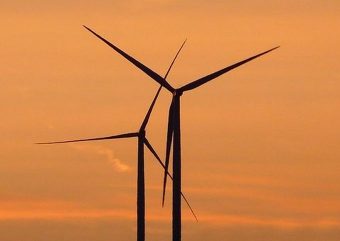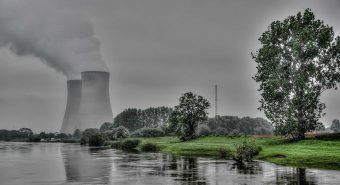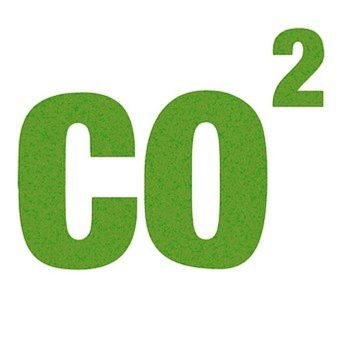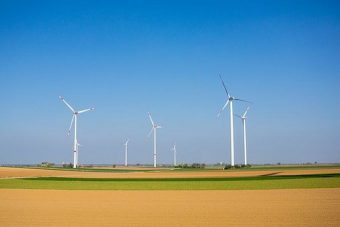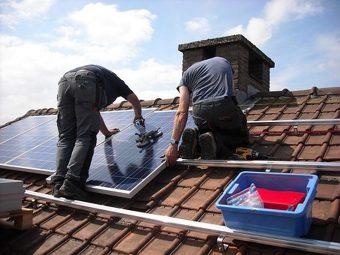
The growth in the number of green jobs being created across the country has slowed over the last year thanks to the “bonfire” of clean energy policies under the current government, according to new research published today by the Renewable Energy Association (REA).
The REA found that 125,940 people were employed in the UK across the renewable heat, power, and transport sector in 2015/6, a rise of 126,000 compared to a year earlier.
However, the data reveals a sharp slowdown in the rate of new jobs being created, with 2015/16’s 2.5 per cent increase on the previous year representing the slowest rate of growth since 2012. In comparison, in 2014/5 the growth in new jobs stood at nine per cent.
Meanwhile, growth in turnover across the renewable energy industries also slowed from around six per cent annually since 2012 to 3.5 per cent in the last year.
The trade body blames swingeing cuts to clean energy policies – including subsidy cuts for key renewables technologies like solar and onshore wind – and delays in key policy decisions for the slowdown.
“What is deeply frustrating is that this growth could have been greater,” REA chief executive Nina Skorupska said in a statement. “Policy instability in Westminster has slowed growth. Our member companies are helping build a system that is reliable, low-carbon and more affordable than the previous one.
“There’s fierce competition to be at the fore of these new technologies internationally,” she added. “Government action is needed to ensure the opportunity to be leaders in technologies such as energy storage and decentralised systems does not slip between our fingers.”
Low-carbon business has been growing increasingly frustrated with a lack of action from the government to drive forward the green policy agenda, particularly in light of fast-approaching EU targets and an acknowledgement that the UK is not on track to meet its legally binding national targets.
The Brexit referendum and latest general election have both caused delays to the release of key policy proposals, including the Clean Growth Plan which the government has promised will deliver wide-ranging policy clarity for the sector. It was originally promised for the end of last year, but is now expected to come out this autumn.
Meanwhile decisions to cut subsidies for clean energy is taking its toll on the sector, with the number of solar jobs falling by nearly a fifth between 2015/6 after rapid and significant cuts to funding. The REA expects the impact of other cost-cutting measures across green industries to become even more apparent in the 2016/7 data.
The Department for Business, Energy and Industrial Strategy was considering a response at the time of going to press.
However, Ministers have repeatedly argued they remain committed to growing the clean energy sector and insist cuts to subsidies were necessary to address concerns about the upward pressure they apply to energy bills.
They will also likely point to today’s announcement of fresh support for energy storage and smart grid technologies, and plans for a new clean energy contract auction in the summer as evidence of their backing for the sector.
Source: businessgreen.com




